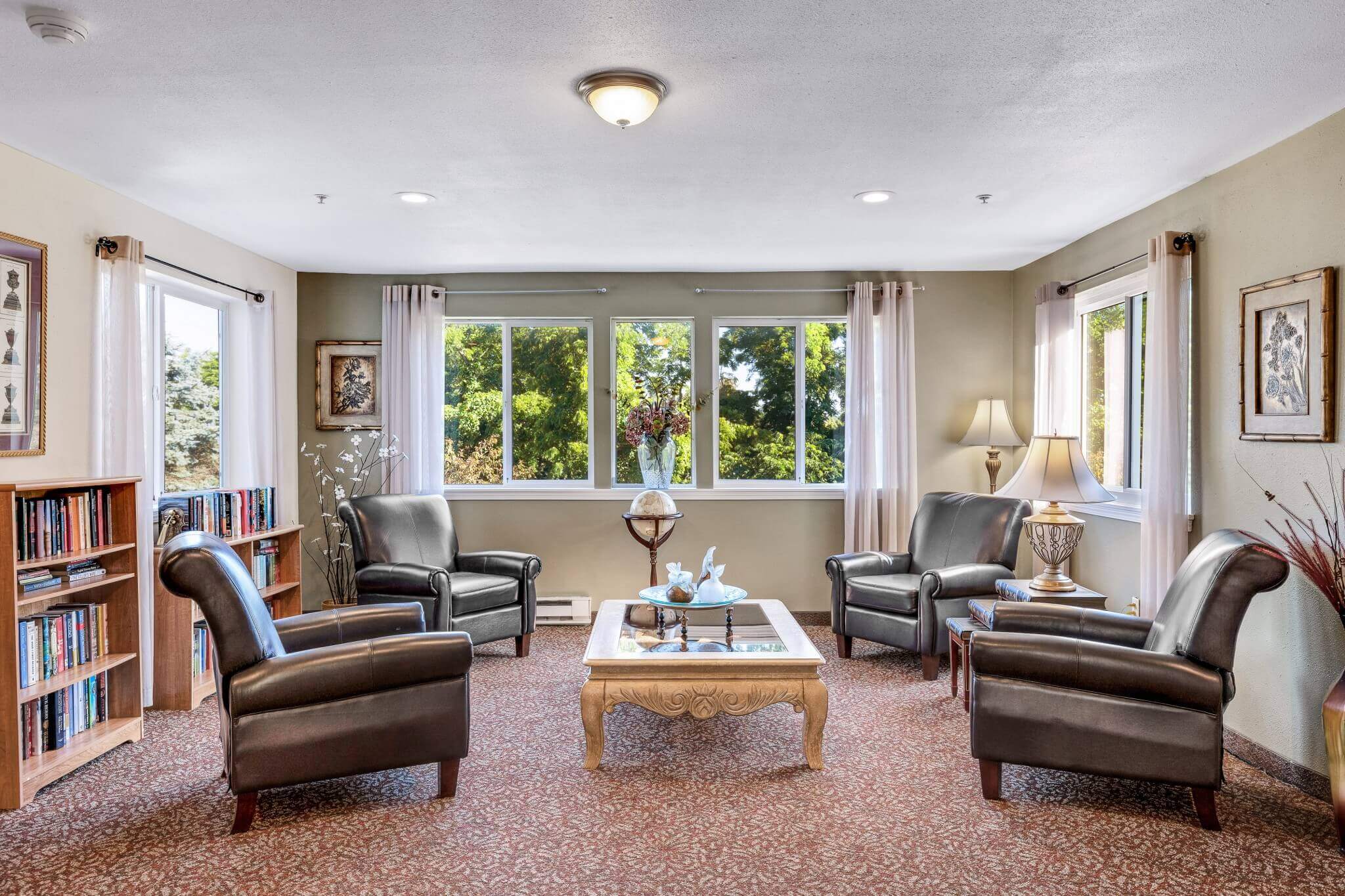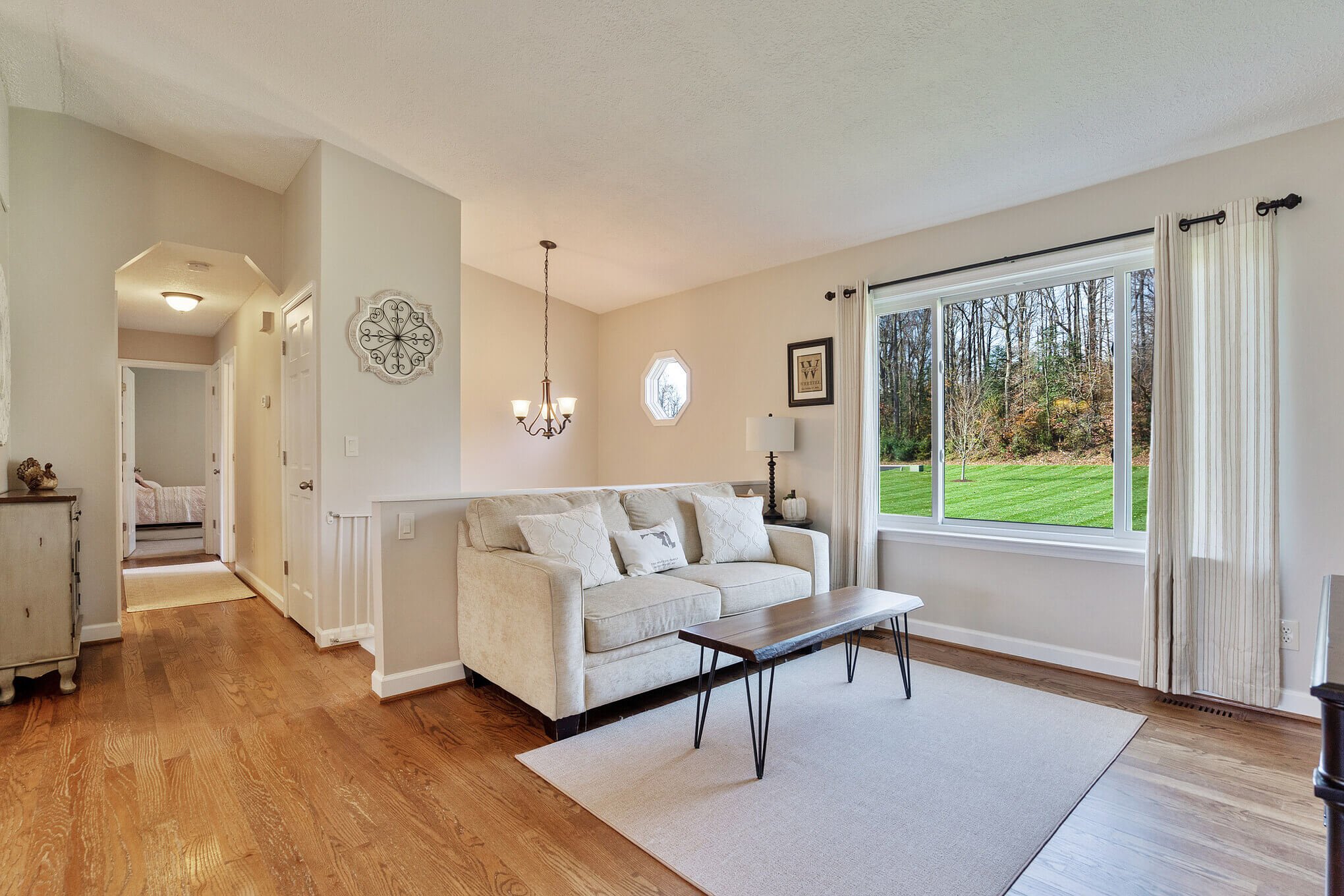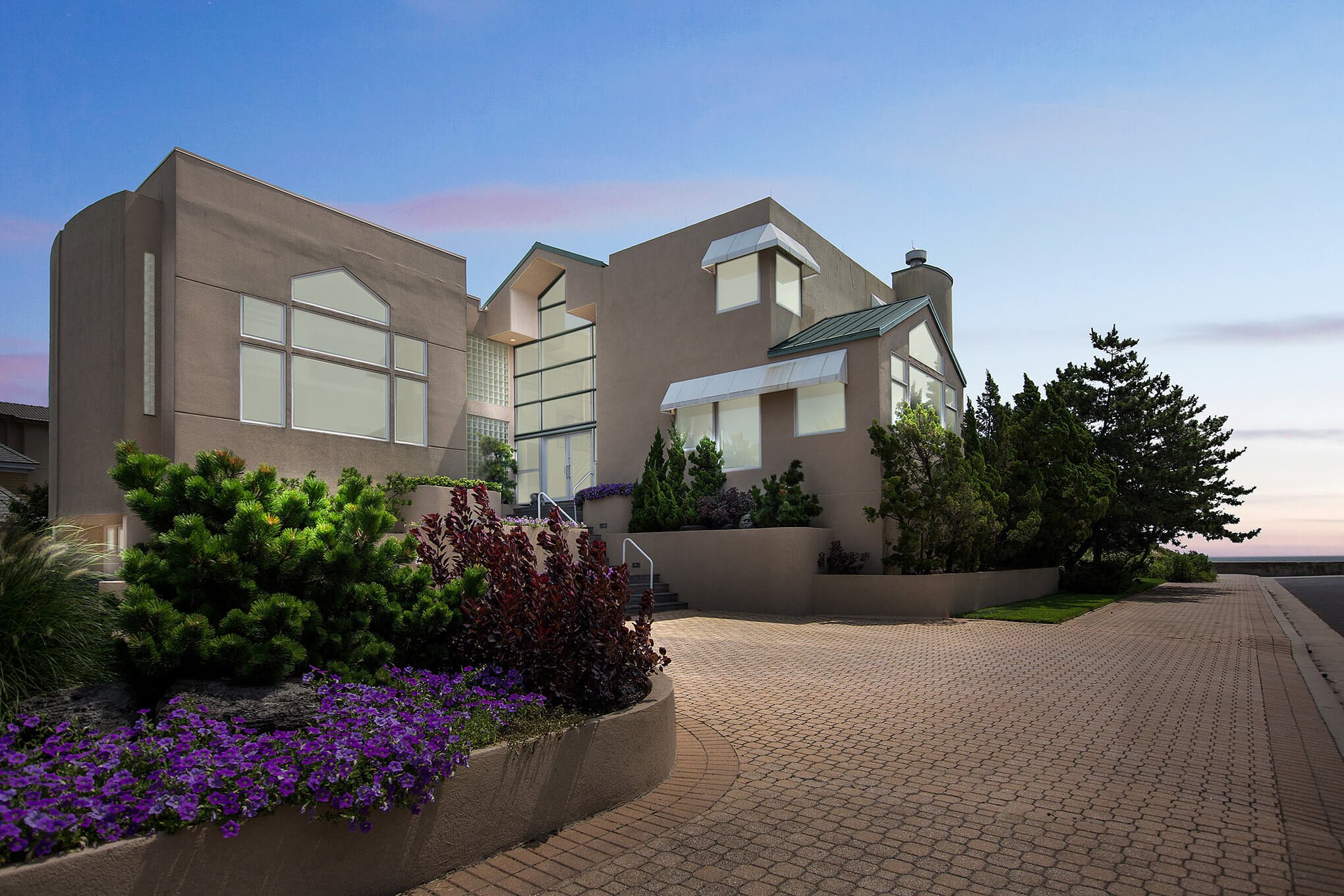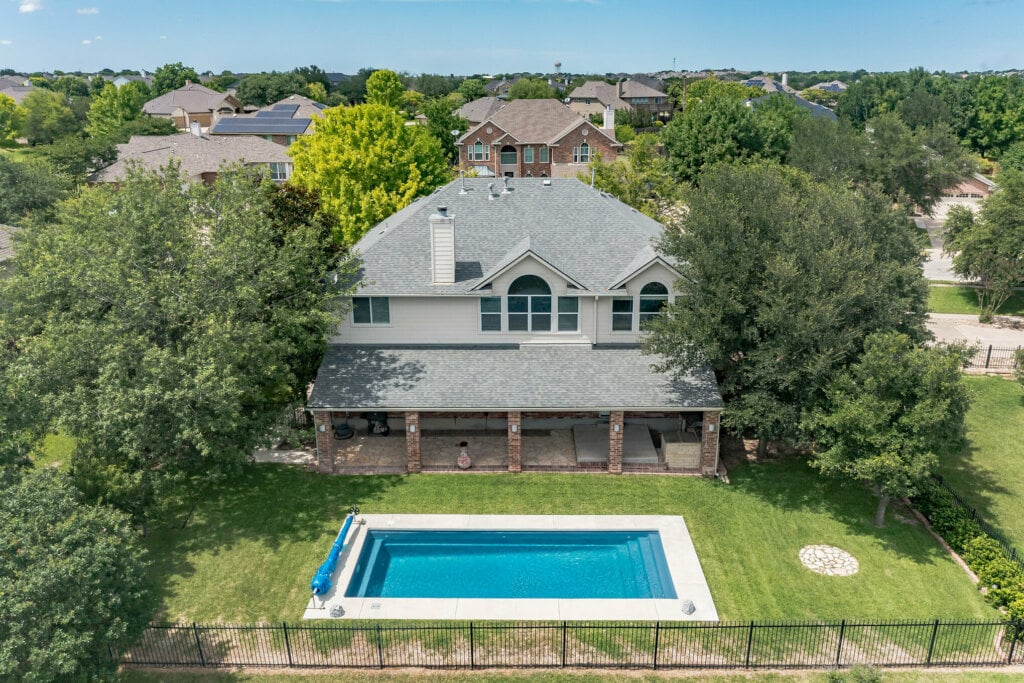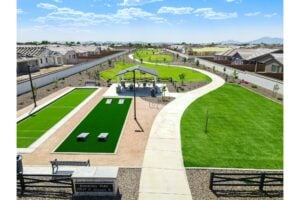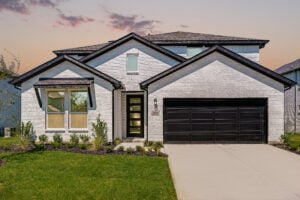Building trust with clients in real estate photography is about delivering quality, being reliable, and maintaining professionalism. Here’s a quick summary of the five key strategies to build strong client relationships:
- Communicate Clearly: Set expectations upfront, respond quickly, and follow up after projects.
- Maintain Quality: Use professional equipment, refine your skills, and ensure consistency across all projects.
- Meet Deadlines: Plan realistic timelines, use scheduling tools, and deliver photos promptly.
- Be Honest: Represent properties truthfully, follow ethical editing practices, and label virtual staging clearly.
- Leverage Modern Tools: Incorporate 360° tours, drone photography, and detailed floor plans for better results.
These steps help you gain repeat business and referrals by showing clients they can rely on you for professional, timely, and honest work.
Authenticity in Your Real Estate Photography Portfolio
1. Master Clear Communication
Clear communication is key to building trust with clients in real estate photography. Photographers who communicate effectively create strong, lasting relationships.
Define Project Details Upfront
Setting clear expectations from the beginning helps avoid misunderstandings and builds confidence. When discussing a project, make sure to:
- Outline deliverables: Specify what’s included, such as the number of photos, editing style, and any extra services.
- Set timelines: Provide clear shooting and delivery dates.
- Clarify pricing: Share all costs upfront, including any possible additional fees.
- Detail technical specs: Explain image resolution, file formats, and delivery methods.
Once expectations are set, keeping up with timely communication strengthens that trust further.
Answer Client Messages Quickly
Prompt responses show professionalism and reliability. Here’s how to stay on top of client communication:
- Reply within 2–4 business hours, and use automated replies for after-hours messages.
- Use a professional platform to manage and track conversations.
- Offer proactive updates on project progress.
“Their customer service is outstanding – responsive, professional, and always willing to go the extra mile. Every part of this company has exceeded my expectations. I wholeheartedly recommend them – they truly are the best of the best.” – Tara Foristal, HomeJab Customer
Check In After Project Completion
Following up after a project not only strengthens the relationship but also opens the door for future collaborations.
“The photos turned out absolutely fantastic – crisp, professional, and beautifully lit. The quality exceeded expectations, and the attention to detail was evident in every shot. The company was incredibly responsive and easy to work with, making scheduling and rescheduling a breeze. I highly recommend their services and would gladly book with them again!” – Liz Zeng, HomeJab Customer
Effective follow-up can include:
- Sending a thank-you message within 24 hours of delivering the photos.
- Asking for feedback about the service.
- Resolving any concerns quickly.
- Sharing tips on how to get the most out of the photos.
“Loved the HomeJab app – very easy to use! I also had a great experience working with Derrick; he was professional, friendly, and easy to work with. I received my real estate photos in less than 24 hours, which was amazing! This service is a game-changer for my real estate business. Highly recommend!” – Makenzie Miller, HomeJab Customer
2. Maintain Quality Standards
Delivering high-quality visuals is key to building and maintaining client trust. Beyond clear communication, showcasing properties with professional-grade images proves your dedication to top-notch results.
Use the Right Equipment
HomeJab photographers rely on advanced tools to produce HDR images that make property listings stand out [1]. Consider investing in:
- DSLR or mirrorless cameras for crisp, detailed photos
- Wide-angle lenses to highlight room dimensions
- Professional lighting kits for well-lit interiors
- Tripods to ensure steady, blur-free shots
- HDR software to balance exposures seamlessly
Sharpen Your Photo Skills
Refining your techniques can make a big difference in how properties are presented:
- Composition: Arrange shots to emphasize space and flow
- Lighting: Blend natural and artificial light for balanced results
- Angles: Find the best perspectives to enhance a room’s appeal
- Property prep: Assist with staging and decluttering for clean, inviting photos
Once individual shots are polished, focus on maintaining a cohesive and professional presentation.
Stay Consistent
Consistency in quality builds credibility and ensures clients can rely on your work. Use these strategies to keep standards high:
- Quality checklist: Create a standard list of shots to cover every project
- Editing guidelines: Set clear post-processing rules for a uniform look
- Equipment upkeep: Regularly maintain cameras, lenses, and other tools
- Portfolio reviews: Periodically evaluate your work to identify areas for improvement
Professional photographers often go beyond still images, offering services like video tours, aerial photography, 3D walkthroughs, and floor plans [1].
For instance, Mr. Vincent successfully combined drone footage with still photos to give a property listing a standout presentation [1].
“HomeJab’s photographers always do a wonderful job!” – Betsy Moston [1]
3. Stay On Schedule
Hitting deadlines consistently is key to earning your real estate clients’ trust. When you deliver on time, clients know they can count on you for their property marketing needs.
Plan Realistic Timelines
A well-thought-out schedule supports clear communication and ensures quality work. Keep these factors in mind when planning:
- Property and travel logistics: Consider the property’s size, how easy it is to access, and potential traffic delays.
- Shooting conditions: Plan outdoor shots during the best lighting conditions.
- Processing time: Factor in time for editing, quality checks, and any unexpected changes.
Building in some extra time for unforeseen challenges helps you stick to your deadlines without sacrificing quality.
Use Scheduling Tools
Scheduling tools can simplify your booking process and help prevent double-bookings or missed appointments. A good scheduling system should:
- Automate confirmations: Send instant confirmations when a booking is made.
- Set reminders: Notify both you and your clients about upcoming shoots.
- Track appointments: Keep tabs on your shooting schedule and deadlines.
- Manage availability: Show real-time booking options to clients.
Platforms like HomeJab highlight how effective scheduling tools can improve reliability and strengthen client relationships [1].
Deliver Photos Quickly
Quick turnarounds are a must in the fast-paced real estate market. However, speed shouldn’t come at the expense of quality. Aim for a balance – deliver photos promptly while ensuring they meet professional standards. If delays happen, communicate with your clients right away to maintain trust.
4. Show Properties Honestly
Building trust starts with presenting properties as they truly are. Highlight the best features, but don’t mislead or exaggerate. Honest representation goes hand in hand with delivering quality and maintaining reliability.
Stick to Ethical Editing Standards
Real estate photography often involves editing, but it’s crucial to stay within ethical boundaries. Focus on edits that improve clarity without misrepresenting the property:
- Exposure and lighting: Adjust brightness and shadows to match the actual look of the space.
- Color correction: Ensure wall and flooring colors are true to life.
- Lens distortion: Fix any distortions caused by wide-angle lenses to avoid misleading room dimensions.
- Sky replacement: Use this sparingly and only when it enhances the image without altering the overall reality.
Be Transparent About Virtual Staging
Virtual staging is a powerful tool for real estate marketing, but it’s important to use it transparently. HomeJab’s approach to virtual staging offers a great example of how to balance presentation with honesty:
- Clearly label staged photos: Make sure listings indicate which images are virtually staged.
- Provide before-and-after views: Show both the original and staged versions to maintain transparency.
- Keep detailed records: Document all virtual changes for reference.
- Manage expectations: Explain to clients how virtual staging works and its role in showcasing the property while staying truthful to buyers.
Capture Every Area of the Property
Comprehensive documentation supports honest representation. Photograph all key spaces, including living areas, utility rooms, upgrades, and any potential problem spots. Don’t skip the exterior – capture every angle of the building, landscaping, outdoor spaces, and property boundaries.
Consistency in quality across all photos reflects professionalism and reinforces your dedication to honesty. By showing every part of the property, you ensure buyers get a complete and accurate picture, strengthening trust and client relationships.
5. Use Modern Tools for Better Results
Modern tools can elevate how properties are showcased and help build trust with clients. With the right technology, you can create a more engaging and transparent experience for potential buyers.
Add 360° Property Tours
Interactive 3D tours let buyers explore properties virtually, offering a realistic and detailed view. These tours make it easier for buyers to understand the layout and feel of a home without stepping inside. Key perks include:
- Complete Room Views: Show every corner and detail.
- Interactive Experience: Buyers can navigate the space on their own.
- Anytime Access: Available 24/7 for convenience.
- Fewer In-Person Showings: Focus on serious buyers by pre-qualifying interest.
Include Drone Photography
Aerial photography adds a unique perspective, showing the property and its surroundings in a way traditional photos can’t. This approach highlights:
- Property Boundaries: Clearly define lot size and shape.
- Neighborhood Overview: Showcase nearby amenities and infrastructure.
- Exterior Features: Highlight roofs, landscaping, and outdoor spaces.
- Unique Angles: Capture features that aren’t visible from the ground.
Create Accurate Floor Plans
Detailed floor plans add another layer of clarity to your property listings. These layouts help buyers visualize the space and its potential. Benefits include:
- Exact Dimensions: Provide accurate room sizes and total square footage.
- Layout Understanding: Show how rooms connect and flow.
- Future Planning: Help buyers imagine furniture placement or renovations.
- Permanent Record: Offer a lasting reference for the property’s design.
Conclusion: Trust Leads to Business Growth
Building trust in real estate photography is key to driving long-term business success. Delivering consistent quality and meeting deadlines turns one-time clients into loyal supporters.
Take HomeJab as an example. With a 4.8-star rating from 904 reviews [1], they show how professionalism leads to real, measurable outcomes. Their approach blends responsive service, technical know-how, and dependable delivery to consistently exceed client expectations.
Here’s how HomeJab maintains high standards:
- Fast delivery with 24-hour turnaround times
- Reliable quality through a network of carefully vetted local photographers
- Diverse services like HDR photos, drone footage, and 3D tours
- Supportive customer service to ensure smooth communication
The formula for trust isn’t complicated: combine clear communication, top-notch quality, reliable scheduling, honest property representation, and modern tools. This mix not only builds trust but also fuels repeat business and referrals, as shown by HomeJab’s ongoing success [1]. Trust isn’t just a sign of quality – it’s the foundation for sustained growth.
FAQs
What strategies can real estate photographers use to meet deadlines while maintaining high-quality work?
Real estate photographers can stay on track with deadlines by implementing clear planning and time management practices. Prioritize open communication with clients to set realistic expectations and ensure all project details are understood upfront.
Additionally, partnering with platforms like HomeJab can help streamline workflows. With fast turnaround times and professional-grade services, photographers can deliver high-quality results efficiently, ensuring client satisfaction without sacrificing quality.
What ethical guidelines should real estate photographers follow when editing photos, and how can they ensure their work remains trustworthy?
Ethical editing in real estate photography is essential for maintaining trust and accurately representing a property. Photographers should avoid making significant alterations that mislead potential buyers, such as removing permanent flaws or changing the property’s structure. Instead, focus on enhancing lighting, color balance, and clarity to present the home in its best light while staying truthful to its actual appearance.
To ensure ethical editing, photographers can follow these tips:
- Stick to minor adjustments that improve image quality without altering the reality of the space.
- Communicate clearly with clients about what edits will and won’t be made.
- Follow industry standards and local regulations regarding photo editing in real estate.
By adhering to these practices, photographers can build trust with clients and deliver high-quality, honest work that enhances property listings.
How do advanced tools like 3D tours and drone photography improve the real estate photography experience for clients?
Advanced tools such as 3D virtual tours and drone photography elevate the real estate photography experience by providing immersive and dynamic visuals. These tools help showcase properties from unique perspectives, giving potential buyers a better understanding of the space and its surroundings.
By incorporating these innovative services, real estate photographers can deliver high-quality, engaging content that helps listings stand out and attract more interest. These modern solutions also save time for clients by offering comprehensive views of properties without the need for multiple in-person visits.


